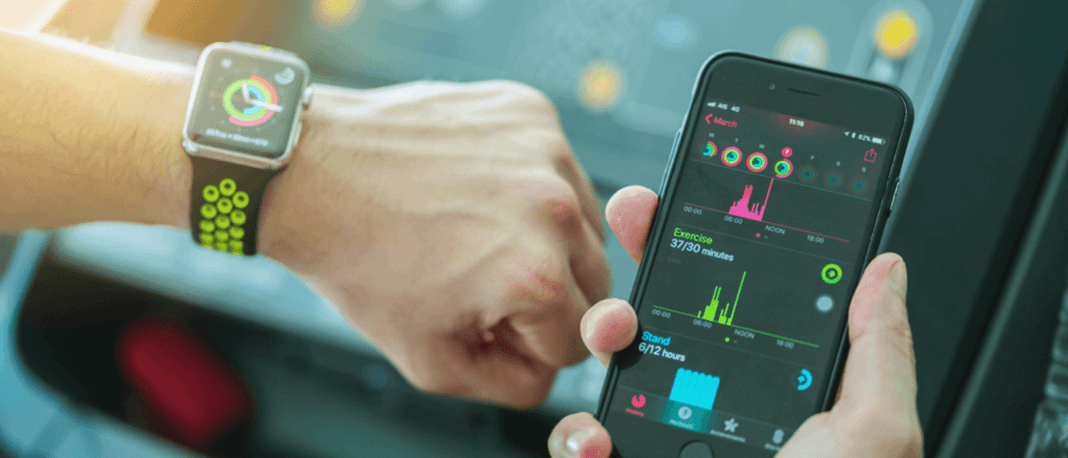Wearable technologies are fast becoming a regular part of our everyday lives. Many of us are now using smartwatches, head-mounted displays, body-worn cameras, Bluetooth headsets, fitness trackers, and other wearables. Analyst Gartner estimated that around 310.4 million wearables were sold in 2017, amounting to a total of US$30.5 billion in revenue. Further, it is forecasted that sales of wearable devices will rise 16.7%, year-on-year, across the global market.
Our society has accepted wearable technology with open arms. And as we veer towards wearables, tech experts have cautioned its developers, as well as its users, about potential security and privacy issues. According to IT services & support experts from Firewall Technical in Ottawa, wearable devices require sophisticated solutions to protect vital information of its users and keep it safe from cybercriminals and unauthorized access.
Wearable devices collect and store information, and as such, entail the inherent risk of the data being maliciously exploited. Let’s take a look at the case of health monitors and wearable cameras, which are two of the most popular wearable devices.
Health monitors
These wearable gadgets record vital health information of its users, such as the heart rate, sleep cycle, exercise, blood sugar, weight, etc. The collected information can significantly help its users analyze and improve their overall physical health. However, if the data is not carefully protected, it can fall at the hands of unscrupulous organizations. Cybercriminals can access the user’s health information, which they can sell to insurance companies. With an accurate account of your health risks, the insurer may suddenly increase your premiums or even cancel your policy.
Wearable cameras
Grandview Research predicts that the wearable camera market will expand by 18.19% CAGR from 2017 to 2025, and will be worth US$10.9 billion by 2025. Along with this exponential growth are sophisticated data security and privacy concerns. Take note that these wearable devices can record anything and everything that happens in the surroundings. It can record crimes or wrongdoings and people involved in it, conversations of innocent bystanders, conversations without explicit permission to record, and more. If such data falls into the hands of those with malicious intent, it can be used to blackmail or threaten people. Moreover, these wearables can infringe on the privacy of others.
Measures to control security risks of your favorite wearable devices
But before you get discouraged about wearable devices, it’s important to point out that developers consider these risks very seriously. Data protection and privacy are a primary component of all IoT technologies and devices. The wearable technology industry continually works to reduce risks by improving both hardware and software. Moreover, developers are investing in cyber liability insurance to protect their users in case of data breaches.
Along with the wide acceptance of wearable technology, developers and companies are working hard at implementing effective encryption mechanisms to safeguard user data. Governments, technology experts, and organizations are likewise closely collaborating to improve current data privacy and security standards for all IoT technologies. All these measures are geared towards ensuring the utmost safety and protection of user data.





